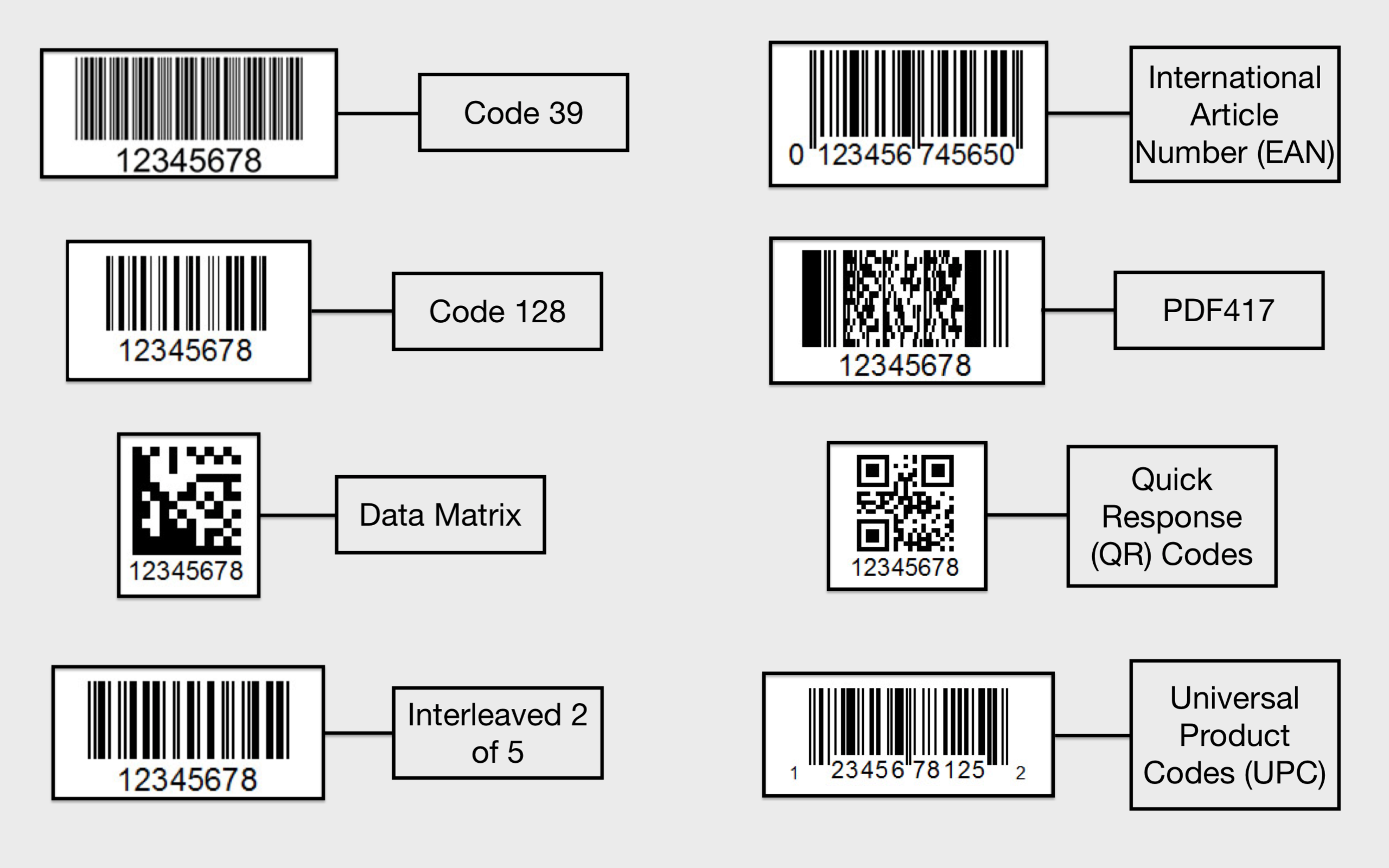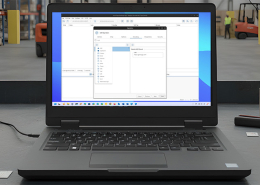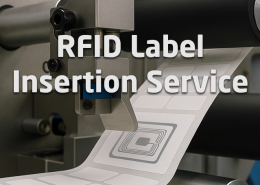Barcode Formats
A barcode format describes how the data in a barcode is to be visually represented. There are many barcode formats available, many designed for a specific industry, each with its own specification and intended use cases, benefits and limitations. For example, the UPC is used in retail for inventory management and to streamline the checkout process while eliminating the opportunity for human error occurring.
Contents
Barcode Comparison Matrix
The following is a comparison of the commonly used barcode formats for Connected Things and other applications.
| Barcode Format | Dimensions | Usage |
|---|---|---|
| Aztec | 2D | Ticketing, transportation |
| Codabar | 1D | Transportation, inventory systems |
| Code 32 | 1D | Pharmaceutical products |
| Code 39 | 1D | Not commonly used |
| Code 93 | 1D | Not commonly used |
| Code 128 | 1D | Most common 1D format |
| Data Matrix | 2D | Common 2D barcode format; often used instead of a QR Code |
| EAN-8 | 1D | Shorter version of EAN-13; GS1 GTIN-8 |
| EAN-13 | 1D | Retail labels; GS1 GTIN |
| GS1-128 | 1D | Food services |
| ITF-14 | 1D | Product packaging; GS1 GTIN-14 |
| MaxiCode | 2D | Transportation, inventory systems |
| Micro PDF417 | 2D | Transportation, inventory systems |
| PDF417 | 2D | Transportation, identity management, inventory systems |
| QR Code | 2D | Consumer engagement |
| RSS-14 | 1D | Product packaging |
| RSS-Expanded | 1D | Product packaging |
| UPC | 1D | Common 1D format; retail labeling and checkout |




